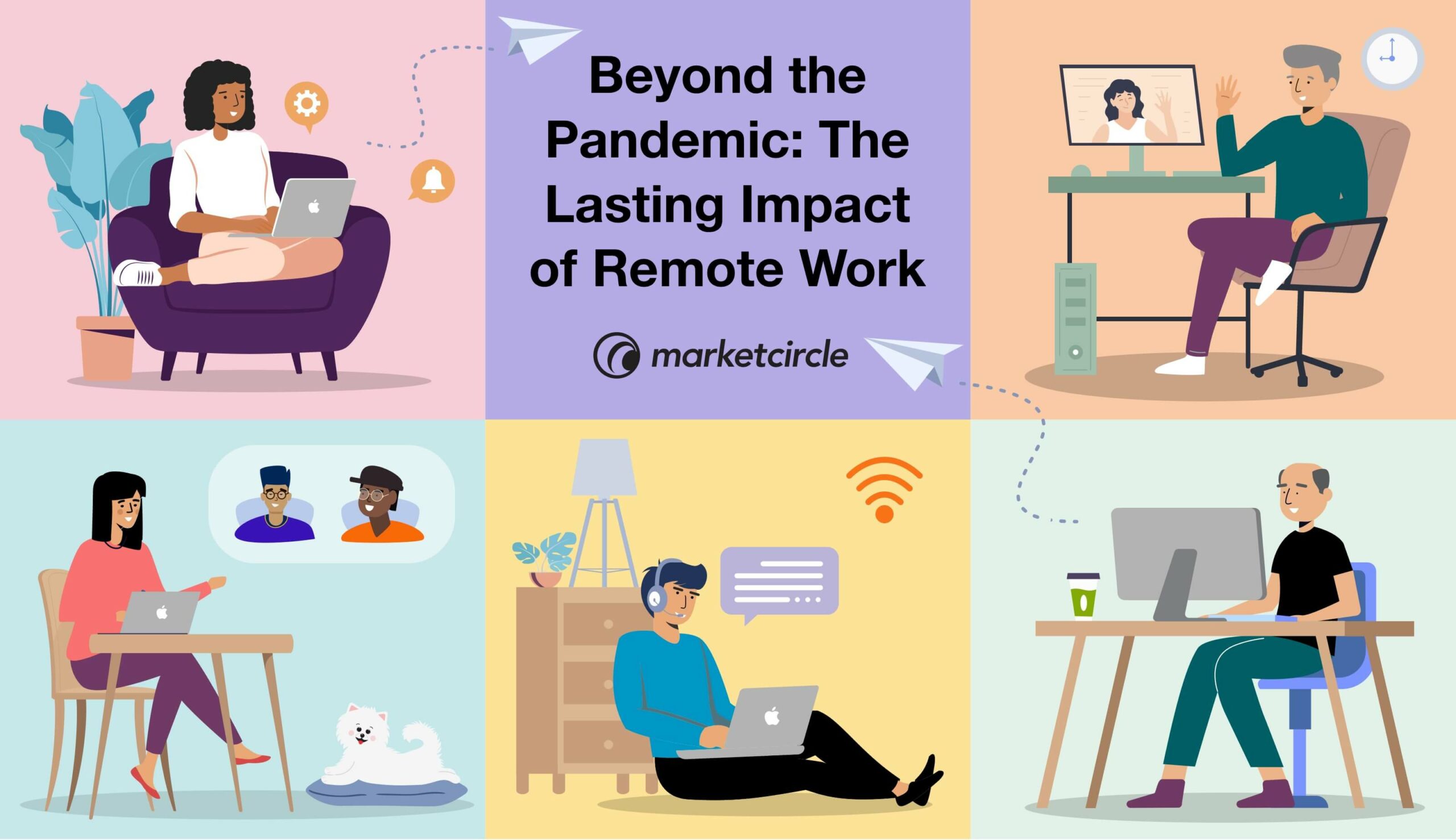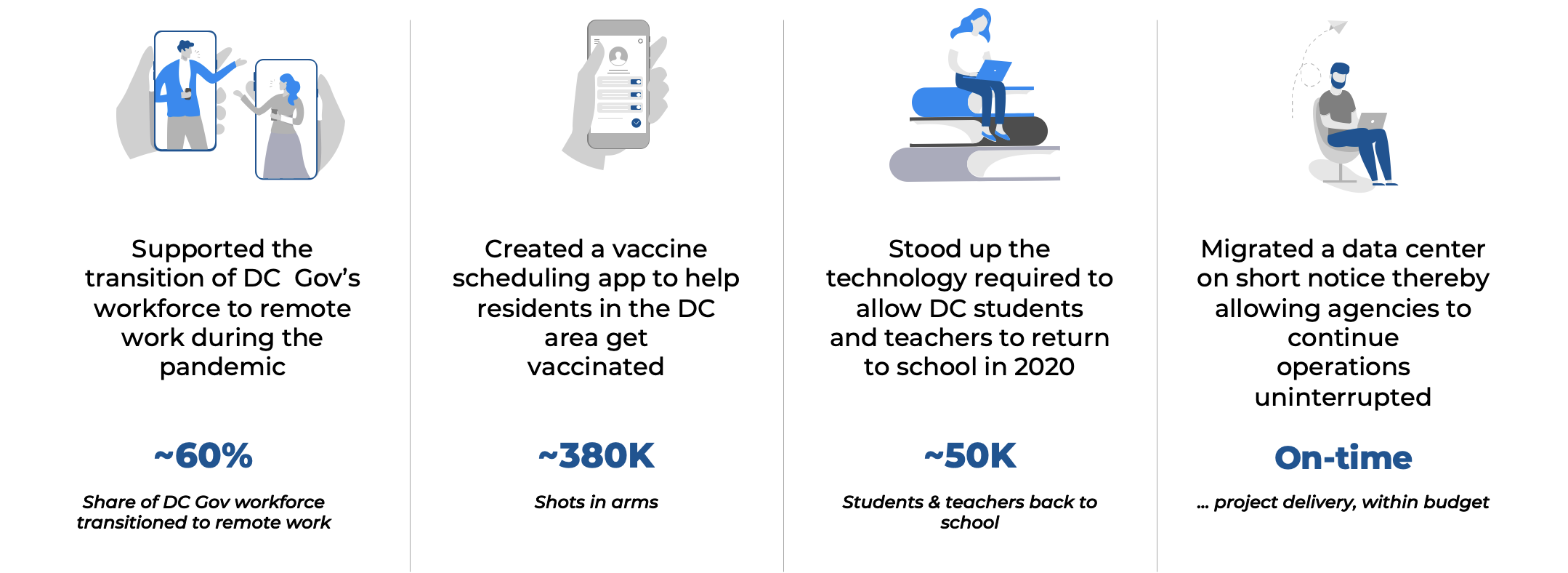Family First? Career Too? Making it Work
The Balancing Act: Family and Career
Juggling family life and a demanding career is a challenge many face. It’s a constant negotiation, a delicate dance between the needs of loved ones and the pressures of professional life. Finding the right balance is rarely easy, and it’s a journey that requires flexibility, open communication, and a willingness to adapt. There’s no one-size-fits-all solution, and what works for one family won’t necessarily work for another. The key is to find a system that works best for you and your family, acknowledging that it might evolve over time.
Prioritizing and Setting Realistic Expectations
One of the most important aspects of successfully navigating this balancing act is setting realistic expectations. You can’t be everything to everyone all the time. Accepting that there will be times when you fall short in one area or another is crucial. Learn to prioritize tasks, both at home and at work. This means identifying what truly matters and focusing your energy there. It might involve saying “no” to additional commitments, delegating tasks, or adjusting your work schedule. The ability to prioritize effectively reduces stress and allows you to be more present in the moments that matter most.
Open Communication is Key
Honest and open communication within the family is paramount. Everyone needs to understand the demands of your career and the importance of your contributions. Likewise, you need to be aware of your family’s needs and actively involve them in decision-making processes whenever possible. Regular family meetings can be beneficial for discussing schedules, chores, and concerns. This creates a sense of shared responsibility and fosters a collaborative environment where everyone feels heard and understood. Transparent communication helps prevent misunderstandings and resentment.
Leveraging Support Systems
Don’t hesitate to tap into your support network. This could include family members, friends, neighbours, or even professional childcare services. Grandparents can often provide invaluable assistance with childcare or errands, freeing up time for work or other commitments. Friends can offer a helping hand with household chores or provide much-needed emotional support. Childcare services offer structured care and provide a safe environment for children while parents work. Identifying and utilizing available resources can significantly reduce stress and improve the work-life balance.
Flexibility and Adaptability are Essential
Life rarely goes according to plan. Be prepared for unexpected events and challenges. Flexibility and adaptability are essential for navigating the unpredictable nature of both family life and career demands. Unexpected illnesses, school closures, and work deadlines can throw even the most meticulous plans off course. Having a backup plan, or at least a flexible mindset, will make it easier to handle unforeseen circumstances. Being able to adjust your schedule or approach as needed will prevent overwhelming stress.
Embracing Technology and Time Management Techniques
Technology plays a significant role in modern-day life, offering many tools to enhance efficiency and productivity. Utilize technology to streamline tasks and improve time management. This might involve using scheduling apps, project management software, or communication tools to stay organized and connected. Implement effective time management techniques, such as time blocking or the Pomodoro Technique, to maximize productivity and minimize wasted time. Learn to say no to non-essential tasks to ensure you are focusing your energy on what truly matters.
Self-Care: A Non-Negotiable
In the midst of juggling family and career, self-care often takes a backseat. However, it’s crucial to prioritize your physical and mental well-being. Regular exercise, healthy eating, and sufficient sleep are essential for maintaining energy levels and reducing stress. Make time for activities you enjoy, even if it’s just for a few minutes each day. This could be reading a book, listening to music, or spending time in nature. Prioritizing self-care helps you maintain a positive outlook and be more effective in all aspects of your life.
Seeking Professional Help When Needed
Don’t hesitate to seek professional help when needed. This might involve therapy, counseling, or coaching. Professional guidance can provide valuable support and strategies for managing stress, improving communication, and building resilience. There is no shame in acknowledging that you need help; it’s a sign of strength to seek support and work towards a healthier and more balanced life. Read also about balancing business and family
Adapting to Remote Work: Navigating the Pandemic Shift

Adapting to Remote Work: Navigating the Pandemic Shift
The global landscape underwent a transformative shift as the pandemic prompted a widespread adoption of remote work. This article explores the implications, challenges, and strategies associated with navigating the remote work paradigm.
The Acceleration of Remote Work Trends
The pandemic acted as a catalyst, accelerating remote work trends that were already gaining momentum. Organizations worldwide swiftly transitioned to remote work models, redefining the traditional office structure and ushering in an era of increased flexibility.
Challenges Faced by Remote Workers
Despite the advantages, remote work comes with its set of challenges. Isolation, difficulty in maintaining work-life balance, and technological barriers are common issues faced by remote workers. Addressing these challenges is crucial for sustaining a healthy and productive remote work environment.
The Impact on Company Culture
The shift to remote work posed challenges to maintaining company culture. The physical distance between team members can lead to a sense of disconnect. Employers must actively cultivate a positive virtual culture through regular communication, virtual team-building activities, and fostering a sense of belonging.
Technology as the Enabler
Technology played a pivotal role in facilitating remote work. Video conferencing tools, project management platforms, and collaborative software became essential enablers of remote collaboration. Embracing and optimizing these technologies are vital for seamless remote work operations.
Flexible Work Arrangements
One significant outcome of the remote work paradigm is the embrace of flexible work arrangements. Organizations recognize the value of offering employees the autonomy to choose when and where they work. Balancing flexibility with the needs of the business becomes a key consideration.
Impacts on Employee Well-being
Remote work has both positive and negative impacts on employee well-being. While flexibility and reduced commuting contribute to improved work-life balance, the blurred boundaries between work and home life can lead to burnout. Prioritizing employee well-being is essential for long-term success.
Overcoming Communication Challenges
Effective communication is paramount in remote work settings. Overcoming communication challenges requires intentional efforts, including regular check-ins, transparent communication channels, and utilizing various communication tools. Clear expectations and guidelines enhance team collaboration.
Navigating the Future of Work
As organizations navigate the future of work, a hybrid model emerges as a potential solution. This approach combines in-person and remote work, offering the benefits of both. Striking the right balance and tailoring the hybrid model to the unique needs of each organization is crucial.
Training and Upskilling for Remote Success
Successful remote work requires more than just technical proficiency. Training and upskilling programs become essential for employees and leaders alike. Building skills related to virtual collaboration, time management, and digital communication enhances remote work effectiveness.
Building a Resilient Remote Work Culture
Cultivating a resilient remote work culture involves a holistic approach. Fostering open communication, prioritizing mental health, and providing resources for professional development contribute to a culture that thrives in the remote work landscape.
Visit The Healthy Consumer for insights, resources, and support in navigating the remote work paradigm. Together, let’s adapt to the changing dynamics of work and build a resilient future.
Remote Work Revolution: Navigating the Pandemic Transition

Remote Work Revolution: Navigating the Pandemic Transition
The global pandemic has triggered a seismic shift in how we approach work, leading to a widespread adoption of remote work. This article explores the nuances of the remote work transition during the pandemic, shedding light on its impact, challenges, and the evolving landscape of the modern workplace.
Remote Work Transition Pandemic: A Comprehensive Guide
For a comprehensive guide on the remote work transition during the pandemic, visit Remote Work Transition Pandemic for valuable insights and resources.
Accelerated Adoption and Digital Transformation:
The onset of the pandemic accelerated the adoption of remote work, prompting organizations worldwide to undergo rapid digital transformations. This section explores how businesses swiftly implemented technologies and tools to facilitate remote collaboration, communication, and workflow management.
Challenges and Adaptation for Employees:
Amid the benefits of remote work, employees faced a myriad of challenges during the transition. From navigating the boundaries between work and personal life to dealing with potential isolation, this section delves into the challenges individuals encountered and how they adapted to the evolving nature of remote work.
Impact on Organizational Culture:
The shift to remote work has a profound impact on organizational culture. Remote teams face unique challenges in fostering collaboration, communication, and maintaining a shared sense of identity. This section discusses how organizations have adapted their culture to accommodate remote work and maintain a cohesive team spirit.
Technological Infrastructure and Cybersecurity:
A successful remote work transition heavily relies on robust technological infrastructure and cybersecurity measures. This paragraph explores the critical role of IT infrastructure, data security, and the challenges organizations faced in ensuring a secure remote working environment for their employees.
Flexible Work Arrangements and Employee Well-being:
Remote work introduced a paradigm shift in traditional work arrangements, emphasizing the importance of flexibility. This section examines how organizations embraced flexible work schedules, remote-friendly policies, and the impact of these changes on employee well-being and work-life balance.
Training and Skill Development:
As remote work became the new normal, employees required new skill sets and competencies. Organizations invested in training programs to equip their workforce with the necessary skills for effective remote collaboration, communication, and digital literacy.
Hybrid Work Models and Future Predictions:
The evolving landscape of remote work includes the emergence of hybrid work models. This section discusses how organizations are considering a blend of remote and in-office work, offering flexibility while maintaining elements of in-person collaboration. Predictions about the future of remote work are also explored.
Employee Engagement and Team Building:
Maintaining employee engagement and fostering team building in a remote environment pose unique challenges. This paragraph delves into the strategies organizations adopted to keep teams connected, motivated, and engaged, despite physical distance.
The Role of Leadership in Remote Work Success:
Leadership plays a crucial role in the success of remote work initiatives. This section examines how effective leadership strategies, clear communication, and a focus on employee well-being contribute to a thriving remote work environment.
Conclusion:
The remote work revolution sparked by the pandemic has reshaped the way we approach work, influencing organizational structures, culture, and the employee experience. As we navigate this transformative period, understanding the challenges, embracing technological advancements, and prioritizing employee well-being are crucial elements for the continued success of remote work. The journey toward a more flexible and adaptive work landscape continues, with organizations and individuals alike finding innovative ways to thrive in the remote work revolution.






